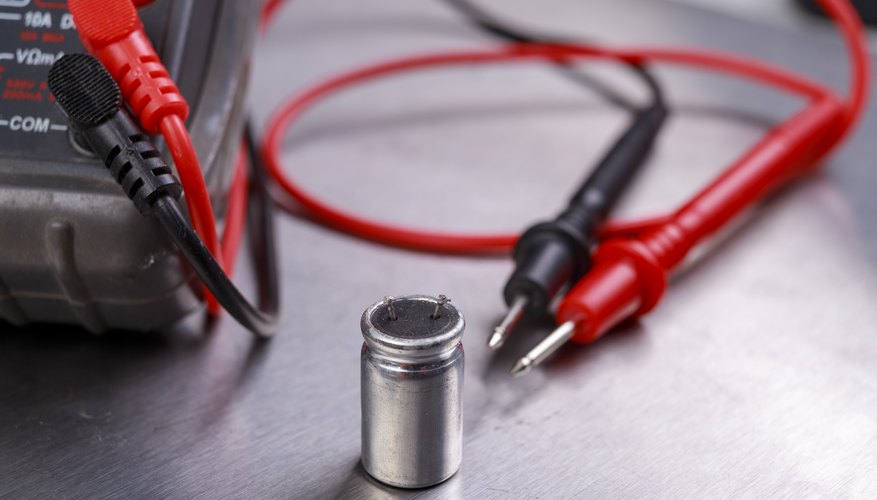Importance of AC thermistors:
Modern air conditioning systems would not function without AC thermistors, which are also called temperature sensors. They are in charge of sending data to the control board based on their observations of the air or refrigerant temperature within the system. The desired temperature is then maintained by adjusting various factors, such as the speed of the compressor and the operation of the fans, by means of the control board. For multiple reasons, it is critical that the AC thermistor be functioning correctly:
- Efficiency in energy use:When the thermistor is in good working order, the air conditioner runs at the ideal temperature, which in turn reduces wasteful energy usage and utility expenses.
- Comfort: Reliability of the thermistor’s temperature readings contributes to a pleasant indoor climate by limiting the occurrence of uncomfortable temperature swings.
- Preventing damage: Inadequate cooling caused by faulty thermistors can lead to compressor overwork or system freeze, both of which can result in costly and substantial damage.
Steps for testing an AC thermistor:
When troubleshooting an air conditioner, checking the thermistor is an important thing. Here we’ll go over the procedure for testing an AC thermistor.
1. Safety first:
Making sure everyone is safe must be the first priority before beginning any testing processes. To prevent electrical dangers, turn off the electricity to the air conditioner. Follow all safety protocols and always wear the recommended protective gear.
2. Locate the thermistor:
In most air conditioners, you can find the thermistor on the control board or close to the evaporator. If you need to know the precise location, look it up in the user handbook or schematic diagram. The thermistor may need to have panels or covers removed in order to be accessed.
3. Check the resistance:
Put your multimeter on the resistance or ohms reading. Remove the thermistor from the air conditioner and make sure it is totally separate. Take a reading of the thermistor’s resistance between its two ends. Look up the manufacturer’s specifications in the manual to see if the reading matches up.
4. Evaluate the temperature sensing:
A thermistor’s principal role is to detect variations in temperature. Experiment with different temperatures by adjusting the thermistor and then monitoring the results on the multimeter. It is important that the resistance matches the temperature changes as specified by the thermistor.
5. Inspect for physical damage:
Make that the thermistor is free of cracks, discolouration, and melted parts by inspecting it thoroughly. Fixing physical damage is important because it affects the thermistor’s functionality. Think about getting a new thermistor if the damage is obvious.
6. Test continuity:
Be sure to check for continuity across the thermistor in addition to measuring resistance. Place the probes into contact with the thermistor terminals and adjust the multimeter to beep or continuity mode. In the case of a thermistor, a continuous beep denotes excellent continuity, whereas the absence of a beep indicates an open circuit and may indicate a problem.
7. Inspect wiring and connections:
Thermostat issues can be worsened by faulty wiring or connections. Make that the thermistor’s wiring is free of damage or loose connections. Take care of any broken parts or get new ones.
8. Consult technical documentation:
For detailed instructions on how to test the AC unit and what the thermistor’s suggested values are, see the manual. Manufacturers frequently include comprehensive instructions for testing and troubleshooting their products, which can greatly aid in making precise diagnoses.
9. Compare readings with known values:
Check the tested values against the manufacturer-specified standards. If there are large differences, it could mean that the thermistor is not working properly. Doing so aids in assessing whether the thermistor is operating within acceptable tolerance limits.
10. Perform a system test:
Before you turn the power back on, make sure the thermistor is connected to the AC unit. While keeping an eye on the temperature control and general functioning, evaluate the system’s performance. A problem with the thermistor could be the cause of any strange or inconsistent behaviour.
11. Consider replacing the thermistor:
If the thermistor is found to be defective or out of tolerance during testing, it is recommended to replace it with a new, compatible component. For replacement thermistors that are compatible with your air conditioner, it’s best to check with the maker or an expert.
12. Monitor system performance:
It is essential to keep an eye on the AC system’s functioning for a while after fixing or replacing the thermistor. To verify that the thermistor replacement fixed the problems, check the temperature control, energy efficiency, and general functioning.
13. Document the testing process:
Ensure that all testing data, including resistance readings, continuity results, and evaluation notes, are carefully documented. This documentation can be helpful for technicians to diagnose similar issues and for future reference.
14. Professional assistance:
If you are unsure of how to do the tests or if they do not reveal the problem’s origin, it is best to see an expert. Experts in heating, ventilation, and air conditioning (HVAC) systems can identify and fix even the most complex problems.
In order to test an AC thermistor properly, one must follow certain safety procedures and conduct a series of tests and inspections. For the thermistor and AC system as a whole to work reliably and efficiently, regular maintenance, documentation, and consideration of environmental conditions are all necessary. If homeowners and technicians follow these guidelines and get professional help when needed, their air conditioners will last longer and work better.


